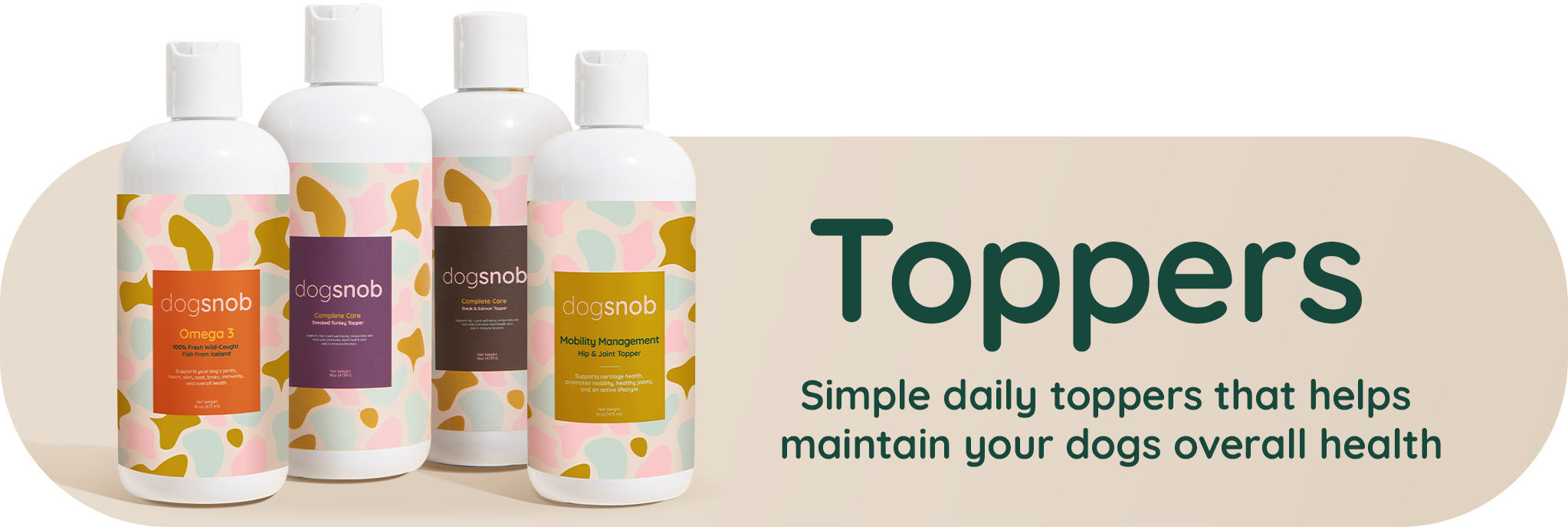Have you ever wondered what colors dogs can actually see? While believing that dogs see the world in black and white may be tempting, the reality is quite different. Understanding the colors that dogs can perceive can provide valuable insight into their visual experience.
Can Dogs See the World in Color?
For countless generations, dogs have been cherished companions, remarkable not only for their loyalty but also for their complex sensory perceptions. One intriguing aspect of their sensory world is how they perceive color. Unlike humans, who have three types of color receptors enabling us to see a wide spectrum of colors, dogs are equipped with only two types of color receptors. This distinction has led to the widespread belief that dogs are essentially colorblind.
However, recent advancements in scientific research have offered a new perspective on canine color vision, challenging the notion that dogs see the world solely in black and white. It turns out that dogs do experience color, albeit in a more limited range than humans. Understanding the specific colors that dogs can see offers us a window into their perception of the world, allowing us to appreciate the uniqueness of their visual experience. This article aims to explore the nuances of color vision in dogs, shedding light on how this affects their daily interactions and enriching our relationship with our beloved pets.

What is Color Blindness?
Color blindness is when someone can't see colors clearly or distinguish between them. This issue arises from problems with the retina's cones—the cells that detect color. If these cones are missing, malfunctioning, or perceiving colors differently, it affects color vision. The condition might be inherited or develop from eye problems or injuries.
Comparing Dog Vision to Human Vision
Humans and dogs perceive colors differently because of variations in their visual systems. Humans have three types of cones, allowing us to see a broad spectrum of colors, including red, green, and blue, and to notice fine differences in shades. Dogs, however, have just two types of cones. This means they experience a narrower color range, mainly seeing blues and yellows, and they struggle with reds and greens. This limitation makes their color world more muted and less detailed compared to humans.
How Dogs Process Colors
Dogs process colors in a simpler way due to having only two cone types, which limits their color vision, particularly making them less sensitive to red and green hues. This condition, akin to red-green color blindness in humans, doesn't mean they see in black and white; rather, their world is rendered in a simpler color palette, primarily in blues, yellows, and grays. Despite this, dogs excel in other visual aspects, such as night vision and peripheral awareness, and they are adept at detecting movement and fine details. Their color perception may not be as rich or varied as that of humans, but dogs rely more on their acute senses of smell and hearing to interact with their surroundings.
How Can Dogs See In The Dark?
Dogs have a unique ability to see in the dark due to their special adaptations in their eyes. They have a larger number of rod cells in their retina compared to humans, which are responsible for detecting light and motion. These rod cells are more sensitive to low light conditions, allowing dogs to see much better in the dark than humans. Additionally, dogs have a reflective layer behind their retina called the tapetum lucidum. This layer reflects any light that enters the eye back onto the retina, maximizing the use of available light and improving night vision. These adaptations give dogs the advantage of enhanced visibility in low-light situations, making them excellent hunters and night-time navigators.

Does Breed Affect a Dog's Vision?
Yes, breed can affect a dog's vision to some extent. Different dog breeds have different genetic traits and characteristics, including their eye structure and function. Certain breeds are more prone to certain eye conditions and diseases, such as cataracts, glaucoma, and progressive retinal atrophy. Some breeds also have specific eye shapes or structures that may impact their vision. For example, brachycephalic breeds with short noses, like Pugs and Bulldogs, are more prone to eye issues due to their protruding eyes. On the other hand, certain breeds, like Border Collies and Australian Shepherds, have a stronger sense of vision due to their herding backgrounds. Therefore, it is important for dog owners to be aware of their breed's potential eye-related issues and provide proper care and regular check-ups.
Different-Colored Dog Toys Through the Lens of a Dog

What color is best for your dog's favorite toy?
When it comes to choosing a color for your dog's favorite toy, it is important to consider what colors dogs can actually see. While dogs are not able to see the full spectrum of colors that humans can, they do have some color vision. It is believed that dogs primarily see shades of blue and yellow, although they may also be able to distinguish some shades of green and red. Therefore, toys in these colors may be more appealing to dogs and help improve their agility when playing with them. Ultimately, the best color for your dog's favorite toy will depend on their individual preferences and how well they respond to different colors.
Conclusion
Dogs are often considered colorblind, but this is not quite accurate. While their vision is limited compared to humans, dogs can detect and distinguish between certain colors. Dogs have cones in their eyes that allow them to see shades of blue, yellow, and gray, but they cannot detect red or green hues. This means they cannot see the range of colors humans can – for example, a bright red apple would appear more like a dull gray to a dog’s eye. However, this doesn’t mean dogs aren’t able to appreciate the beauty of the world around them; in fact, they may be picking up on subtle variations in tone and shade that we simply don't see.





